THE HISTORY OF HALF CAT ROCKETRY
The work in solid and hybrid motors that laid the groundwork for Half Cat stretches back years, but the project can be traced back to a single text and image sent from Austin to Charles on June 29th, 2020.
Over the next two months, a design was created which met the three fundamental tenets of simple, low-cost liquid engines:
No onboard electronics
Pyrotechnic valves only
Autogenous pressurization
The design was dubbed RY-001:
It was a much closer approximation of the RATTworks tribrid, but with an attempt to move away from the Urbanski-Colbourn valve which limits possible injector designs. Additionally, the Friends of Amateur Rocketry Dollar-Per-Foot competition presented a tempting reward and motivation to launch the engine before our graduation at the end of the year.
RY-001 was manufactured and assembled, and made it onto the test stand, but ultimately it fell prey to several issues; notably the solid propellant plug did not seal properly and spat out, and the fuel tank was not constrained well inside the oxidizer tank. Although these issues could likely be solved, at the same time that RY-001 failed its first test Charles was forming a separate idea.
The pyro valve concept quickly evolved into the Half Cat valve, and by some sheer dumb luck two of them could be just barely forced to fit inside the cross-section of a 75mm motor. This led to an immediate redesign of the engine:
Which cascaded into a complete overhaul that ended with a very familiar looking architecture:
Despite having almost nothing in common with the original, the sunk cost fallacy ensured that RY-101 would go forward anyway, because our graduation date wasn’t moving and time was ticking.
One day Austin saw a funny meme and suggested the rocket be called “Half Cat Walking.”
Fully manufactured, this “Half Cat” was a painfully rigid assemblage of copper tubing attached to the propellant tanks and combustion chamber by compression fittings.
Now with graduation only a month away, Half Cat finally made it onto the enlarged test stand after several extremely intense days and nights of running into and solving issues, mostly by luck.
And it leaked all over the place. Due to its rigidity, and the bends we were forcing it to make directly into the compression fittings, the brass did not seal. Thanksgiving weekend was a very sobering time as we contemplated what our last attempt would be - there was not enough time for another iteration cycle, since we also had to complete our final classes and senior design project.
Our senior design project was a big success at least, and less than two weeks from graduation there was basically nothing left to do - only to fire Half Cat.
New nylon tubing in hand, the engine was re-assembled, re-fueled… and ran into ground support equipment electrical issues in multiple attempts. A launch was still the goal, but that took second priority now to simply making it work. And finally, on December 15th, 2020, Half Cat ignited and became UCF’s first, and so far only, student-built liquid bipropellant rocket engine.
We graduated four days later on December 19th.
Following the firing the thermal liner remained on fire and decomposed the remaining nitrous oxide, destroying the tanks and ensuring that there would be no immediate flight, but nonetheless it was a successful ignition and firing.
Over the next three months, Half Cat underwent four more test fires, another explosion, several design changes, and a launch. The outstanding success proved that there was merit in its unconventional design, and soon other projects began branching off of it. Today, Half Cat Rocketry exists to continue our research into mechanically simple liquid engines and share the knowledge we gain with the amateur rocketry community.

















